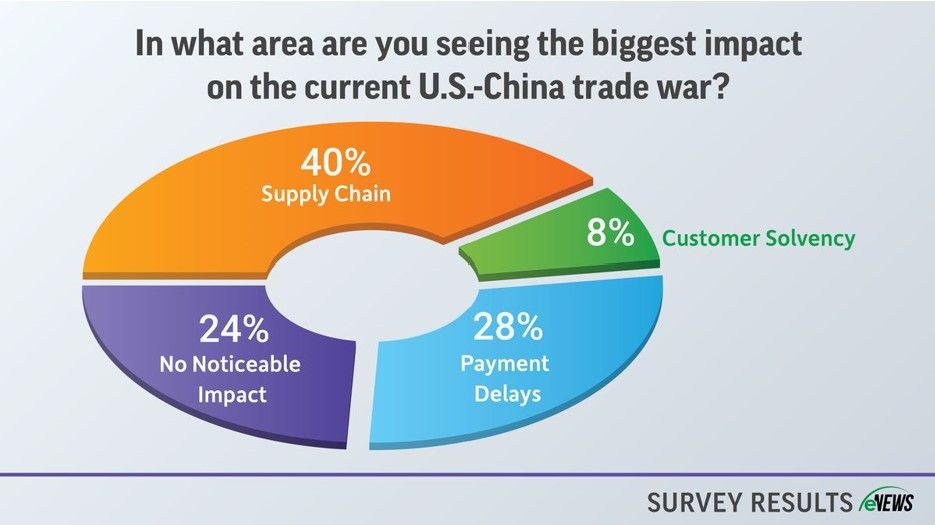eNews, Leadership
One-on-ones: Best practices for meaningful conversations
One-on-one meetings offer a special forum for detailed discussions and personalized support. However, few organizations offer comprehensive guidance or training for managers to hold these individual employee meetings.

One-on-one meetings offer a special forum for detailed discussions and personalized support. However, few organizations offer comprehensive guidance or training for managers to hold these individual employee meetings.
Why it matters: Ensuring regular one-on-one meetings can improve team performance and cohesion, leading to a more effective and harmonious work environment.
According to the Harvard Business Review, few organizations provide strong guidance or training for managers on meeting individually with their employees. “Managers who don’t hold these meetings frequently enough or who manage them poorly risk leaving their team members disconnected, both functionally and emotionally,” the article reads.
A one-on-one meeting is a routine interaction between two individuals in an organization, a manager and an employee. It serves to provide feedback, maintain communication, address problems and foster role development.
Checklist for one-on-ones with employees:
- Discuss objectives
- Ask about challenges
- Bring up performance issues
- Ask what your employee needs for support
- Set expectations for next steps
- Discuss any wins
- Document and follow up
But your one-on-one meeting strategy depends on your company size, location, meeting purpose and the individual involved. Being aware of these factors can maximize the meeting’s effectiveness.
For instance, if you have a larger team, one-one-one meetings may be more difficult to navigate, especially if your employees are not all in the same location. Wendy Mode, CCE, CICP, division credit manager at Delta Steel, Inc. (Cedar Hill, TX), holds one-on-one meetings on an as-needed basis. “My employees are all decentralized, so we have meetings with them at least once a year, followed by their yearly review or evaluation,” she said. “But if a need arises in the meantime, good or bad, I ensure to make time for in-person visits or virtual meetings to discuss it.”
Kevin Chandler, CCE, director of financial services at Zachry Industrial, Inc. (San Antonio, TX), uses an apprenticeship model where he spends a longer time training new people one-on-one. “I employ a ‘role-based competencies’ approach whereby each position has a defined set of skills and abilities necessary for full proficiency in the given role,” he said. “For example, a credit manager is held to higher standards than a credit representative, despite their roles being similar. This aids in assessing their current status, skill level and areas for improvement.”
Approach one-on-one meetings with the individual’s needs in mind. What are they getting out of this? This deeper understanding enables more effective coaching, support and collaboration. “I try to understand what motivates each person and what’s important to them,” said Michelle Kelly, CCE, CCRA, senior credit manager at Mansfield Oil Company of Gainesville, Inc. (Gainesville, GA). “It’s also a mix of setting goals, addressing challenges and just having an open chat. I find this approach builds trust, keeps the communication lines wide open and encourages transparency.”
Credit leaders should consider encouraging the employee to lead the discussion. They can achieve this by asking them to prepare a list of questions, concerns and topics they wish to discuss. By doing so, you promote a sense of autonomy and responsibility, encouraging them to express their thoughts, concerns and goals more frequently.
Constructive criticism in one-on-one meetings allows for personalized feedback based on an individual’s performance, behavior and goals. It creates a supportive atmosphere for learning from mistakes, making adjustments and pursuing continuous improvement. This criticism also enhances the manager-employee relationship by showing dedication to their growth and success.
“Don’t shy away from asking the hard questions but also don’t shy away from being asked the hard questions,” Chandler said. “Also, be comfortable with the concept of not having the answer. It’s perfectly fine to say, ‘I don’t know,’ but it should be immediately followed up with, ‘I’ll go find out and I’ll get back to you.’ What you’re building there is credibility.”
Believe it or not, employees want feedback. According to a report by Zippia, 65% of employees want more feedback, with 98% actively disengaging from their work if they don’t get it. “The whole purpose of one-on-one meetings is to let employees feel heard and valued as well as help the manager learn more about who they are, what drives them and how to provide them with the training they need,” Kelly explained.
Receiving criticism yourself will not only help you understand your employee better, but it will influence your leadership. “We are not born perfect managers and we must continue to strive to be better leaders,” Kelly said. “So, sometimes having feedback that you don’t anticipate, as long as it’s constructive between the two of you, it should benefit both parties.”
Meetings with senior leaders allow managers to align their goals with the organization’s strategic vision. This open communication enables informed decision-making, progress sharing and assistance in tackling challenges. “When I’m talking with upper management, it’s more about the strategic game plan, project updates and ensuring our efforts align with the bigger picture,” said Kelly.
Another reason to conduct meetings with upper management is strictly for risk mitigation. “You’re teaching them the keys to success in their role from an order-to-cash perspective,” Chandler said. “You can demonstrate the mutual benefits for them and the company. If issues arise, I liaise with upper management to identify and resolve the root cause.”
Meeting with customers individually is beneficial when assessing their creditworthiness, collecting payments or simply maintaining the relationship. But credit professionals must make a detailed agenda to successfully accomplish their goals.
“I’ve collected payment on Friday instead of Monday when the invoice is due, simply because of the strength of the relationship,” Chandler said. “Having those one-on-one conversations consistently can help solve problems in the long run. Many customers are grateful that I took the time to visit them because not a lot of companies they work with do that.”
It is important to be as fair as possible. “Try to split your time or make sure that you’re giving each individual the same amount of attention and focus,” Mode said. “The new hires will require more time as they need training and time to get up to speed but try to make sure that you’re being fair and giving each one the same amount of respect.”
The big picture: One-on-one meetings, when conducted effectively and tailored to individual needs, can significantly improve team performance.





